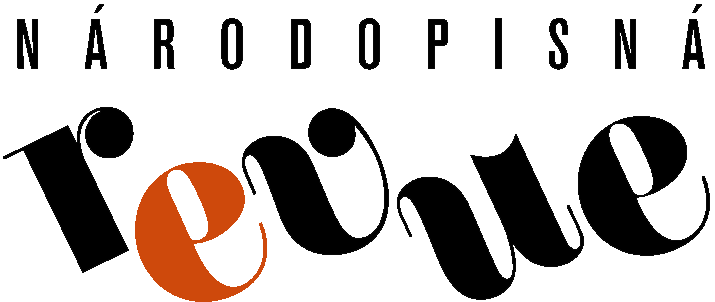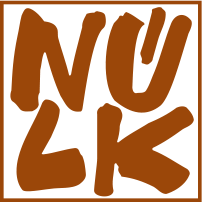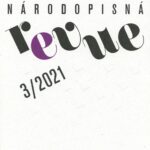Studies on the Subject of “Ethnographic Collection as a Source”
Ethnographic Collection in the Concept of Contemporary Czech Museology (Lenka Drápalová)
Major Trends in the Conception of Ethnographic Museum Materials in the Works of Czech Ethnologists and Museologists before 1989 (Otakar Kirsch)
Traditional Handcraft Techniques as Part of Documentation Accompanying the Museum Ethnographic Collection (Václav Michalička)
Recovered Territories in Source Materials of the Polish Ethnographic Atlas: Selected Examples of Socio-Cultural Change in Post-Migration Areas (Anna Drożdż)
The Conception and Form of Folk Song Collections from Bohemia from the Period of Preparations for the Czechoslavic Ethnographic Exhibition 1895 (Zdeněk Vejvoda – Věra Thorová)
For all content click the button CONTENTS.
Ethnographic Collection in the Concept of Contemporary Czech Museology
Lenka Drápalová
The submitted treatise provides an overview of current state of the concept of ethnographic collection in Czech museology, and it points to a certain mutual imbalance between the two spheres. Especially in The treatise deals with the commodification of culture heritage (on the example of city festivities and festivals). Based on numerous, mostly foreign, publications it submits an overview of research approaches to the research on eventization – especially the growing number of city festivities and festivals, which turn into events attracting large numbers of visitors and supporting the commercial character of the events. The treatise points out the tendencies of municipalities and other co-organizers that, wittingly or unwittingly, transform cultural heritage into an economic commodity – a product, which can have an impact on the transformation of values and the forms of different expressions of cultural heritage. The treatise also reflects on the academic debate about the relationships between authenticity and commodification of cultural heritage, which has long been a challenge for (not only) ethnology and social anthropology. The conclusion includes a case study about the Radvaň Fair in Banská Bystrica, held since 1655 and inscribed on the Representative List of the Intangible Cultural Heritage of Slovakia in 2011. The fair has experienced several changes – from a marketplace with a predominantly economic function to a city festival that pays tribute to traditional handicrafts and folklore. In the context of the theme of this cultural heritage commodification, the research intends to observe the strategies and goals of the municipality – the leading organizer of the fair – in organizing the event.
Major Trends in the Conception of Ethnographic Museum Materials in the Works of Czech Ethnologists and Museologists before 1989
Otakar Kirsch
The study focusses on the Royal Route in Prague, the major tourist enclave in the Czech Republic. The objective of the study was to create a typology of souvenirs and to ascertain the degree of authenticity, including the presentation of the potential and future of souvenirs along the Royal Route. The study first presents urban tourism and tourist enclaves framing the researched subject. Next, it describes the field research methodology used to define the consequences of the Royal Route transformation into a tourist enclave, to determine the souvenir typology, and to establish the staged authenticity. Mixed field research along the Royal Route focussed on identifying the structure of shop tenants and the assortment of goods and services offered. The assortment of goods they offer consists typically of mass-produced souvenirs and souvenirs that in most cases lack any link to Czech culture and traditions. The conclusion of the study is based on the synthesis of the methodologic part that raises a requirement for definition and conceptualization of an authentic souvenir. At the same time, the study takes into account any possible impacts of the COVID-19 pandemic that see the crisis as an opportunity to construct and negotiate an authentic souvenir along the Royal Route.
Traditional Handcraft Techniques as Part of Documentation Accompanying the Museum Ethnographic Collection
Václav Michalička
The contribution revisits the question of tourism’s role in the commodification of folk dance and open the discourse of value, in which an intrinsic and sacred cultural sphere of value is presumed to circulate independent of an unstable and profane economic sphere of value. It deals with the dance productions of Czech folklore show for tourists visiting Prague. This phenomenon has its origins in 1970’ when few people – dancers and musicians from folk ensembles – started to be invited to dance for tourists in prestigious hotels. After 1989 “velvet revolution” the business with folklore became a part of tourism where the dance has its specific role. An increasing number of special pubs offering Czech meal, folk costume, song, and dance show during an evening, provoked several questions as to how folk dance can become a profitable commodity, what trade rules apply here and what the demand-supply ratio is. We were interested to who are the dancers and musicians paid for one evening to show the Czech folk dance culture and what is their social status? The following questions streamed to explore which elements of the traditional culture are picked up from the folk culture to represent the “real Czechness” and how the interaction with foreigners (tourists) is going on: e. g. the negotiation about the repertoire, their participation to dance, etc. The research was based on the observation of the strategies of several pubs in Prague and deep interviews with actors which enabled to see the inner side of the process.
Recovered Territories in Source Materials of the Polish Ethnographic Atlas: Selected Examples of Socio-Cultural Change in Post-Migration Areas
Anna Drożdż
The article focuses on the current changes in the traditions of the Czech aquaculture and the possibilities of using fishing traditions in regional development.It is based on field research in smaller fishing areas of Bohemia (surroundings of Blatná, Chlumec nad Cidlinou, and Přelouč). While in Blatná and its surroundings the tradition of autumn public fish harvest is still alive, and even, as a complement to it, the community-oriented June Fishing Festival was established, fishermen in eastern Bohemia consider public harvests to be dangerous (busy roads run on the dams of the ponds) and loss-making. While the economic importance of the Czech aquaculture is declining, its non-productive functions are becoming increasingly important, both for the landscape and water retention in it, as well as for the regional identity and development of tourism associated with the growing popularity of recreational fishing. While present-day Czech fish producers focus primarily on maximizing their production, a differentiation of approaches to the industry can be expected in the future, including the emergence of new products using elements of fishing traditions in their marketing. We can therefore divide fishing traditions into the following categories: production, environment, leisure, and regional aspects.
The Conception and Form of Folk Song Collections from Bohemia from the Period of Preparations for the Czechoslavic Ethnographic Exhibition 1895
Zdeněk Vejvoda – Věra Thorová
The study addresses the question of the place of the money in the modern big city citizen’s life and, by proxy, his ideas of money. We don’t emphasize the destructive kind of influence of the global capitalism on post-Soviet society but also don’t exclude the possibility of such reading. We state that modern urban citizens use quite archaic magical practices. We state that money for the big chunk of Odesa’s citizens are not rationally nominal equivalent of the effort but are the “wonderful gift” of the higher entities. We state that ideas about the supernatural power of money didn’t cease to exist in the socialism era and had been spread out in the post-socialist era. Using different methods, we examine the ideas of money of the people of various ages and conclude that the number of irrational views about money increases with the decrease of age. We talk about the visible formation of the new religion where the place of higher entity is occupied by exchange equivalent.



